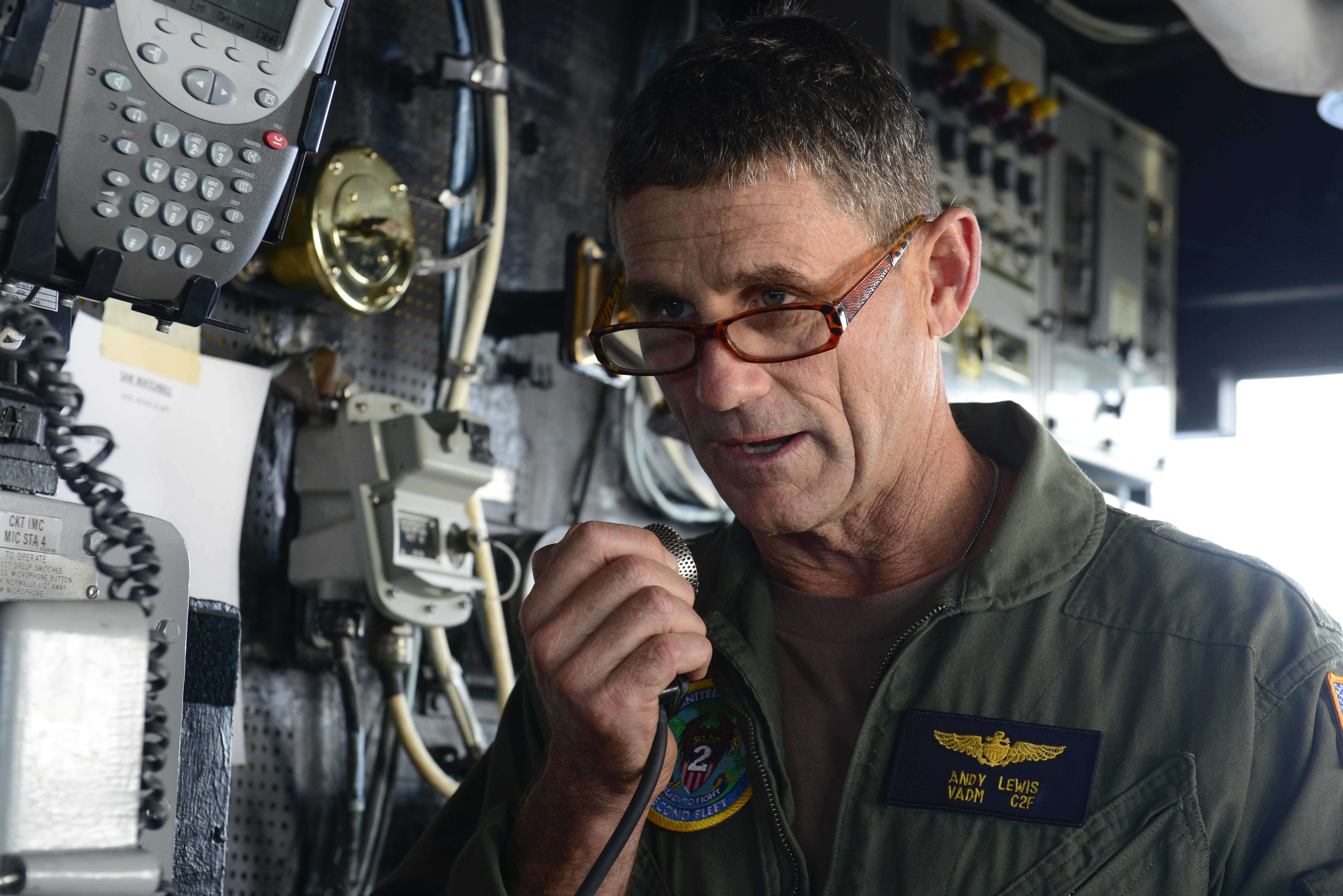
U.S. 2nd Fleet flexed its Arctic operational muscle this week by opening a temporary expeditionary Maritime Operations Center in Keflavik, Iceland as a Surface Action Group enters the North Atlantic.
The MOC embodies a mission Navy leadership has discussed since reestablishing 2nd Fleet more than a year ago — monitoring North Atlantic Russian submarine activity while also maintaining an Arctic presence. About 30 2nd Fleet staff members are working out of the MOCa cording to the service.
“Iceland is a key ally, and its strategic location in the North Atlantic provides a perfect opportunity to test out our expeditionary MOC for the first time,” Vice Adm. Andrew Lewis, the commander of 2nd Fleet, said in a statement. “Operating out of Iceland reinforces our partnership while allowing us to practice operating in an expeditionary manner and test our ability to surge forward.”
As ships assigned to the recently deployed surface action group enter the region, the MOC will take over command and control of their operations. The SAG was hastily formed and departed on Sep. 12, when it was clear Nimitz-class aircraft carrier USS Harry S. Truman (CVN-75) would not be able to deploy because of problems with its electrical distribution system.
The SAG includes Ticonderoga-class guided-missile cruiser USS Normandy (CG-60) and Arleigh Burke-class guided-missile destroyers USS Lassen (DDG-82), USS Forrest Sherman (DDG-98) and USS Farragut (DDG-99). Also deployed are aircraft from Helicopter Maritime Strike Squadron (HSM) 72, according to the Navy.
When ships deploy to the 2nd Fleet’s area of responsibility, the staff handles operational and administrative authorities over the ships, aircraft and landing forces. The fleet conducts exercises and operations within the U.S. European Command area of responsibility as an expeditionary fleet.
The temporary operations center in Keflavik is the second time this year 2nd Fleet is operating out of a forward location. In June, when the massive BALTOPS exercise started, 2nd Fleet sent the majority of its staff to work aboard USS Mount Whitney (LCC-20).
“The additive capacity that 2nd Fleet brings to the European theater when operating forward alongside U.S. 6th Fleet (C6F) contributes to the overall success of our naval forces’ ability to address challenges and threats to safety and security in the maritime domain.” said a statement from Adm. James Foggo III, the commander of Naval Forces Europe and Africa.
Similar to relocating to a ship that will remain in the region for only a specified amount of time, the MOC is by design a temporary arrangement. 2nd Fleet does not have a predetermined or permanent operations center in Europe. The process of setting up the MOC in Keflavik demonstrates how the fleet can establish a forward operations center when needed.
“Successful operations in the Arctic require practice, and we will take the lessons learned from this deployment to further refine the expeditionary MOC concept for future operations in the North Atlantic and Arctic regions,” Capt. Chris Slattery, the director of 2nd Fleet’s expeditionary MOC, said in a statement.





